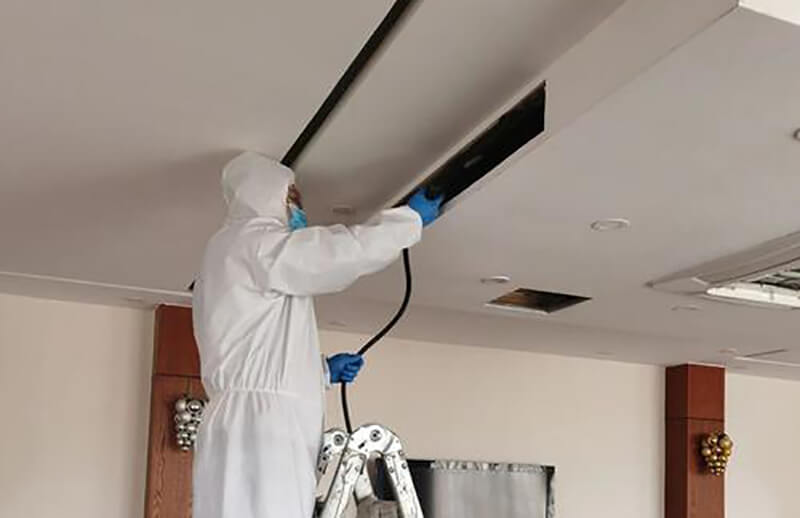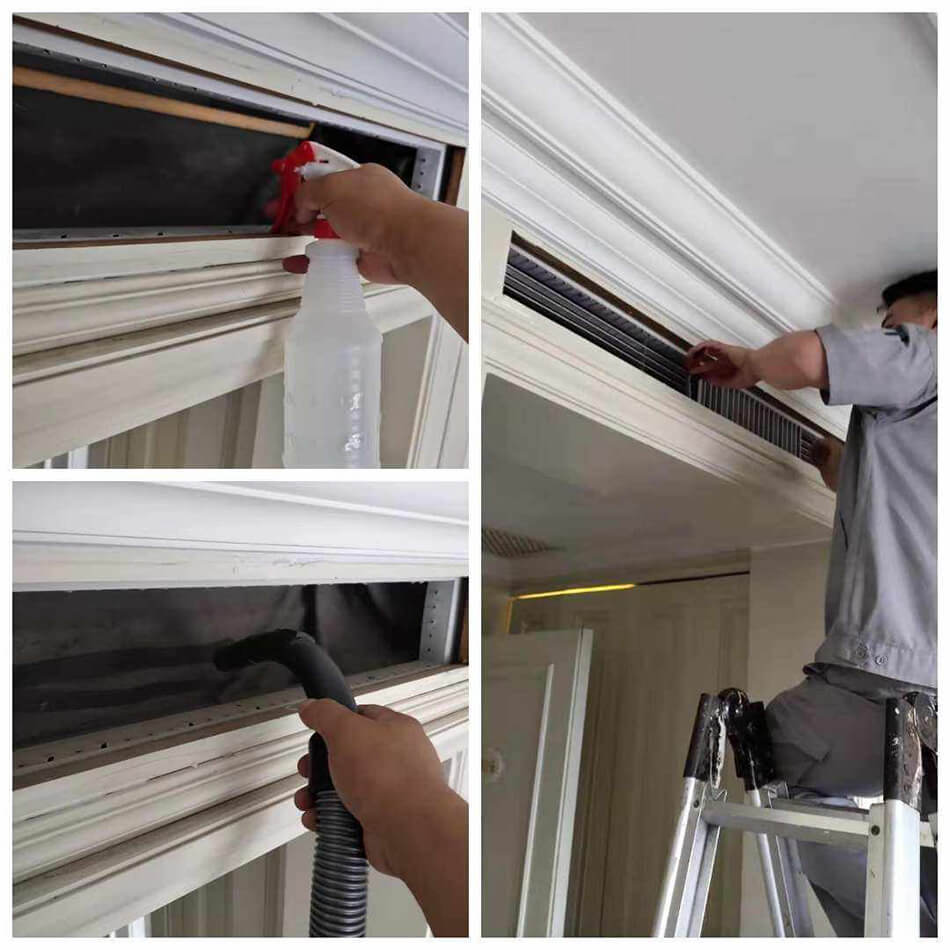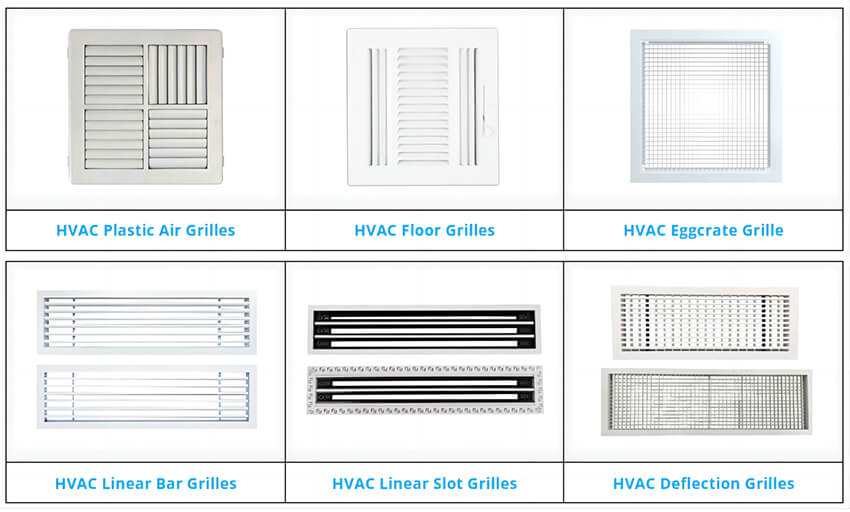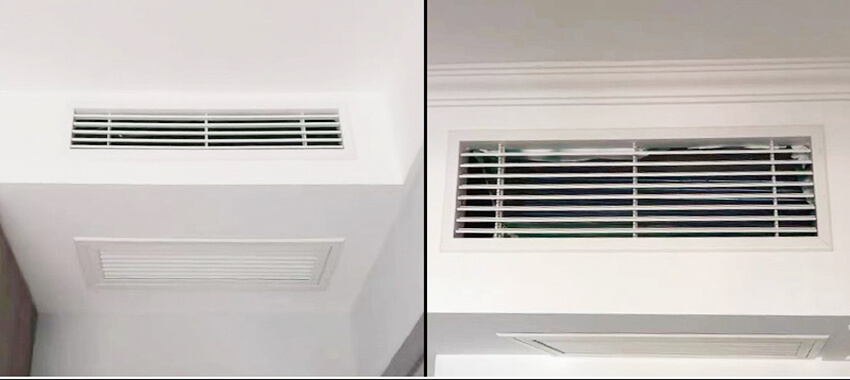Air conditioning is an indispensable appliance in our daily lives. Whether providing a refreshing coolness during scorching summers or a cozy warmth in chilly winters, air conditioners play a crucial role in maintaining a comfortable indoor environment. However, have you ever wondered about the significance of the ventilation openings commonly found on air conditioners? What purpose do they serve, and how can issues and malfunctions be addressed? This article aims to provide a comprehensive explanation.
The Role of Air Conditioner Ventilation Openings
Air conditioner ventilation openings, typically small openings located on the back or sides of the unit, facilitate air circulation. During operation, air conditioners continuously draw in indoor air through their cooling or heating systems, and then expel the processed air outside. Without ventilation openings, the air conditioner’s ability to effectively treat air would be compromised, impacting its cooling or heating efficiency.

Addressing Air Conditioner Ventilation Opening Issues
1. Cleaning Ventilation Openings
Ventilation openings are prone to dust and dirt accumulation, potentially leading to decreased cooling or heating efficiency and even affecting the lifespan of the air conditioner. Regularly cleaning the openings with a soft brush or a vacuum cleaner and wiping them with a clean, damp cloth is crucial for optimal performance.
2. Avoiding Obstruction of Ventilation Openings
Placing the air conditioner behind furniture or in close proximity to items like bookshelves and wardrobes can result in blocked ventilation openings. Mindful placement is essential to prevent obstruction and ensure unimpeded airflow.
3. Adjusting Ventilation Opening Angles
The angle of the ventilation openings influences the air conditioner’s cooling or heating efficiency. Generally, a larger angle enhances performance. Adjusting the opening angles to direct airflow toward the desired cooling or heating area can improve overall effectiveness.
Common Causes of Air Conditioner Ventilation Opening Malfunctions
1. Blockage of Ventilation Openings
Blockages in ventilation openings are a common cause of malfunctions, hindering smooth airflow.
2. Detachment of Ventilation Openings
Detached ventilation openings can lead to air leakage, compromising the air conditioner’s efficiency.
3. Damage to Ventilation Openings
External impact or forces can damage ventilation openings, causing air leakage and operational issues.

Handling Air Conditioner Ventilation Opening Malfunctions
1. Cleaning Blocked Ventilation Openings
If blockages are identified, use a soft brush or vacuum cleaner to clean the openings and wipe them with a clean, damp cloth.
2. Replacing Ventilation Openings
For detached or damaged ventilation openings, timely replacement is necessary. Replacement parts can typically be obtained from after-sales service centers or appliance repair shops.
3. Adjusting Ventilation Opening Angles
Incorrect ventilation opening angles can be rectified by adjusting them to direct airflow towards the desired cooling or heating area, enhancing the air conditioner’s overall efficiency.
While air conditioner ventilation openings may seem like small openings, their impact on cooling and heating efficiency is significant. Regular maintenance, prevention of obstructions, and adjustments to opening angles are essential to ensure the proper functioning of air conditioners. In the event of malfunctions, prompt actions can be taken to address the issues and maintain optimal performance.

If you want to know more, please click below:
- Grilles, Registers & Diffusers – The Ultimate Guide
- HVAC Linear Slot Diffusers – The Ultimate Guide
- HVAC Egg Crate Diffuser – The Ultimate Guide
- HVAC Jet Nozzle Diffuser – The Ultimate Guide
- HVAC Linear Bar Grilles – The Ultimate Guide
- HVAC Air Swirl Diffusers – The Ultimate Guide
- HVAC Round Ceiling Diffusers – The Ultimate Guide
- Round Ceiling Diffusers – The Ultimate Guide
- Exhaust Air Louver – The Ultimate Guide
- HVAC Registers – The Ultimate Guide


